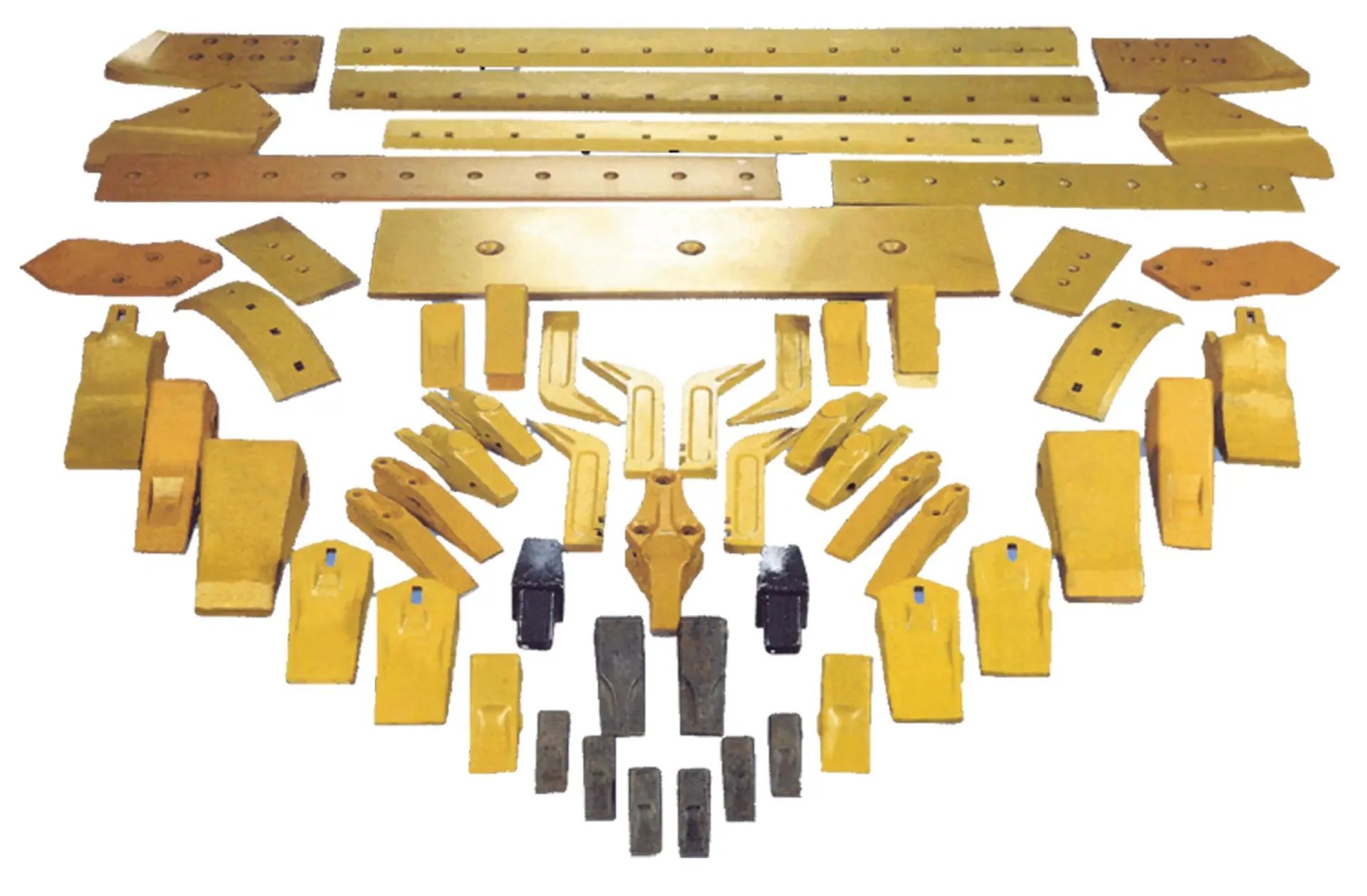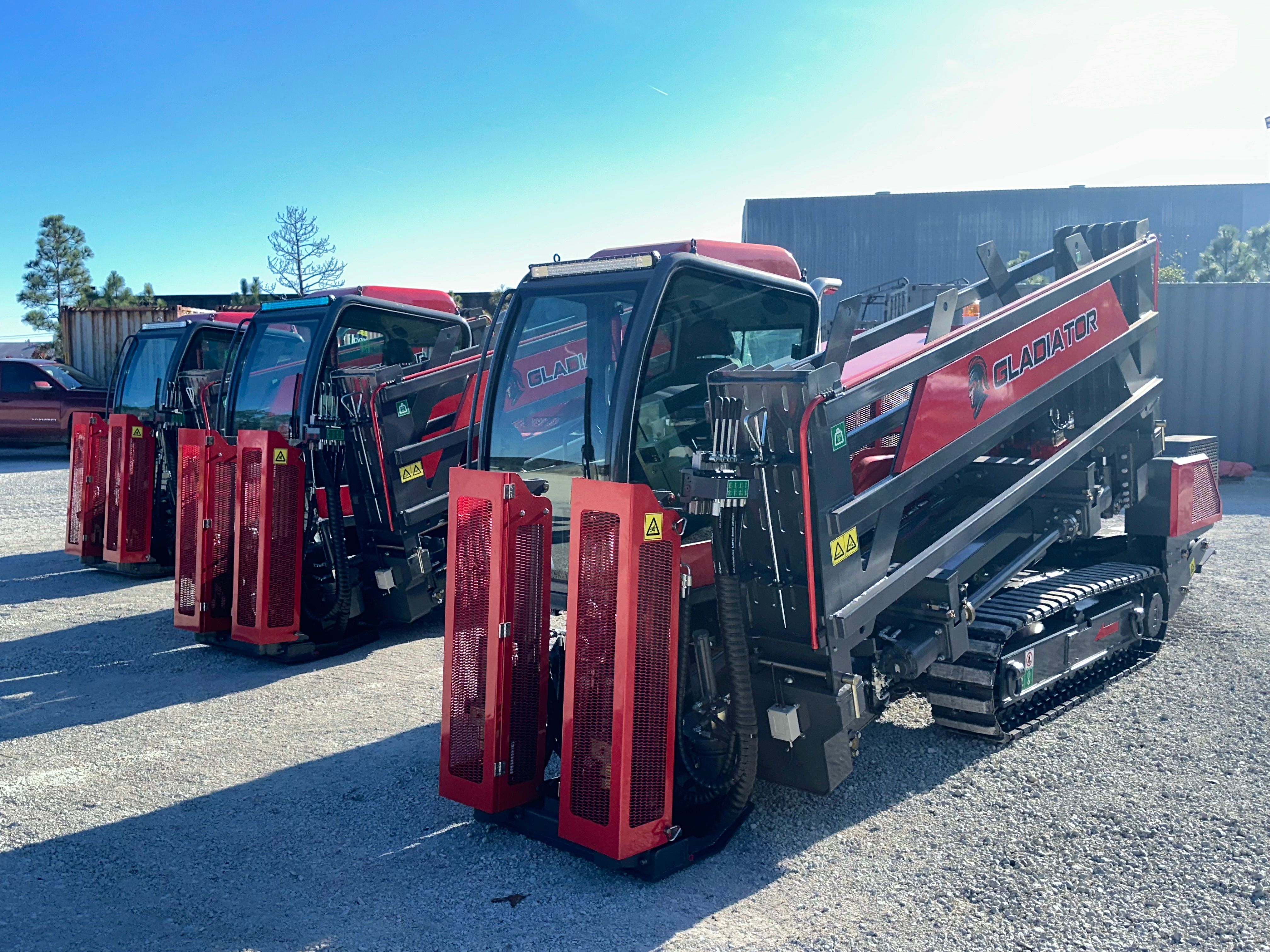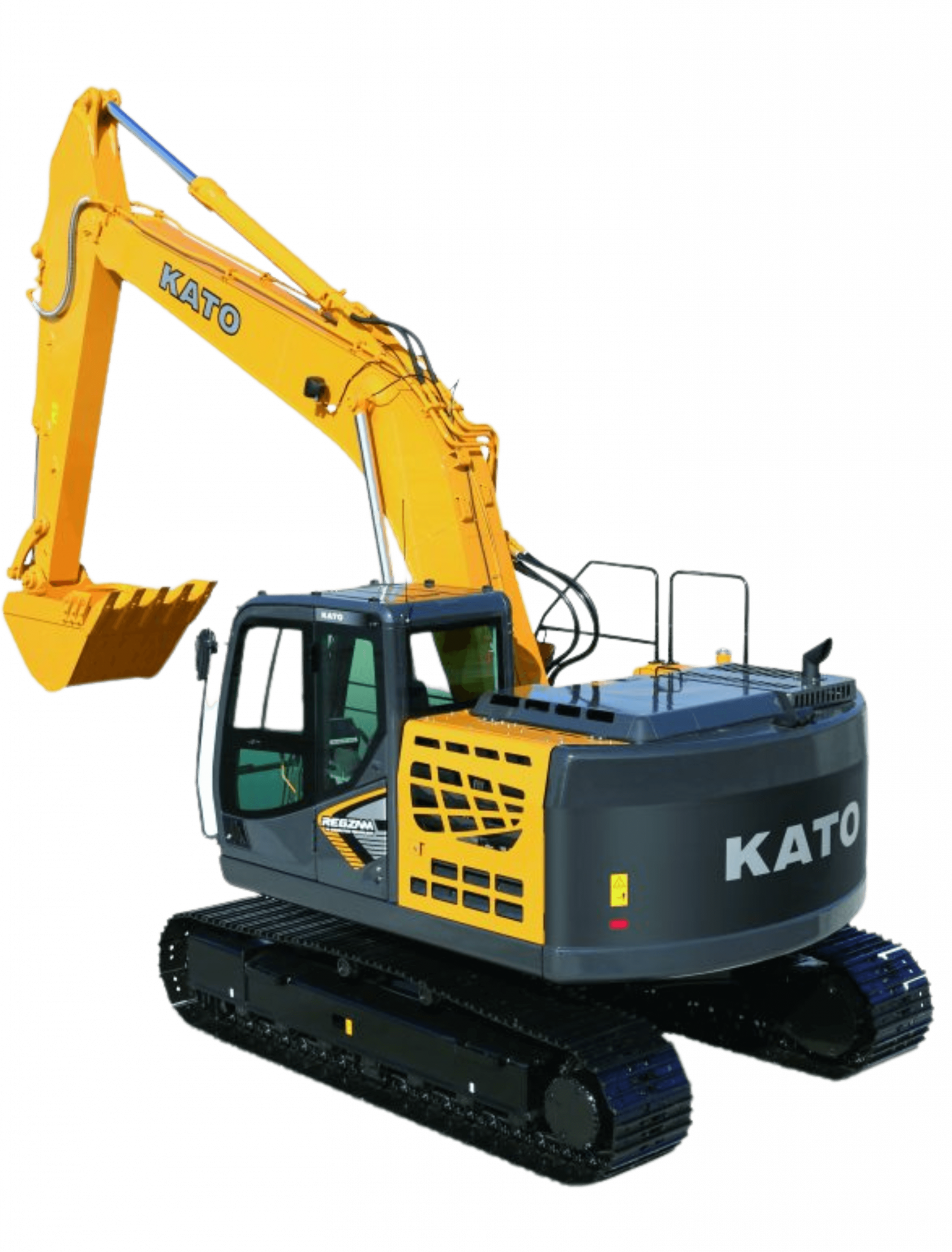Tough Ground Needs Smarter Tools
Hard rock drilling slows everything down. Whether it's granite, limestone, or fractured formations, traditional HDD methods often hit a wall—literally. Slurry systems and rotary heads, effective in clay and sandy soils, lose efficiency when faced with dense rock. Progress stalls. Fluid returns drop. Equipment strains. And project costs climb fast.
In these moments, it’s not about drilling harder—it’s about drilling smarter. That’s where air hammers come in.
Instead of relying on high fluid pressure to grind through rock, air hammers deliver repeated, focused blows using compressed air and a percussive piston. The result is clean, fast fracturing of rock with far less mud, torque, or downtime.
This isn't a niche anymore. As more HDD crews face tougher geology, air hammers are becoming a go-to tool for speed, control, and performance underground. They don’t replace fluids—but they solve the parts of the job where fluids alone fall short.
This guide explains when to use them, how they work, and why they’re changing the way hard rock HDD gets done.
What Air Hammer Drilling Really Means
Air hammer drilling uses compressed air to power a downhole hammer that strikes rock with rapid, repeated force. Unlike rotary drilling, which grinds through material, this method breaks rock apart with direct impact—much like a jackhammer underground.
The system typically includes a pneumatic hammer, an air compressor matched to the tool’s flow requirements, and a compatible directional drill. The setup sends high-pressure air down the drill string to drive a piston inside the hammer, delivering percussive hits straight to the bit.
This technique isn’t new, but its use in horizontal directional drilling is growing fast. Contractors working in dry, fractured, or abrasive formations are turning to air hammers as a reliable solution where fluid-based drilling loses efficiency.
With fewer returns to manage, lower torque on the rig, and better results in tough ground, air hammer drilling is becoming a core option for rock-focused bores.
Where Air Hammers Work Best
Air hammers are purpose-built for conditions that overwhelm fluid-based drilling. They’re not for every job—but when rock pushes back, they often push through better than anything else.
They’re most effective in
- Fractured or abrasive rock that damages cutters and slows rotary heads
- Dry-hole zones where fluid quickly disappears into the formation
- Mixed ground on long shots—especially when soft starts give way to hard layers
- Remote projects where fluid volume, disposal, or resupply becomes a bottleneck
- High-production bores where speed through rock is critical to stay on schedule
In these settings, air hammer drilling offers more than just cutting power. It simplifies spoil removal, protects your rig from torque overload, and reduces reliance on large mud systems.
It’s not about replacing your current process—but knowing exactly when it’s worth switching.
Looking for tools that match your drill and ground conditions? Browse air hammers and hard rock tooling →
Air vs Fluid: Which Wins in Hard Rock?
In soft soils, fluid-based drilling still gets the job done. But in dense, dry, or fractured rock, the limits of that method show fast. That’s where air hammers offer a different kind of advantage—one built around precision, impact, and efficiency.
Here’s how air hammer drilling compares to traditional fluid-based systems in challenging conditions:
- Faster Penetration: Percussive force breaks rock directly, reducing bore time
- Lower Fluid Use: Great for dry formations or when returns are hard to manage
- Less Wear on the Rig: Reduced torque strain extends equipment life
- Simpler Spoil Removal: Air lifts cuttings out without over-relying on heavy fluid flow
- Better Stability: Fractured formations stay intact—less risk of borehole collapse
- More Control: Adjusting air pressure is often faster than reconfiguring fluid systems
These aren’t just technical advantages—they translate into real project savings. Less downtime. Fewer bit changes. More predictability in tough ground.
In areas where horizontal directional drilling has struggled, many crews now see pneumatic drilling benefits as essential—not optional. For HDD hard rock methods, the future is as much about air as it is about mud.
Setting Up for Success
Getting solid results from air hammer drilling depends on more than just choosing the right tool—it’s about setting it up right from the start.
Here’s what matters most:
- Compressor Flow & Pressure: Make sure the air supply matches the hammer’s requirements. Undersized compressors kill performance.
- Tooling Compatibility: Pair the hammer with the correct bit style and shank. Poor matches cause premature wear.
- Dialed-In Settings: Adjust pressure and RPM for formation type—don’t just run maxed out.
- Hole Size Planning: For large bores, use ream hammers or staged backreamers designed for air systems.
- Skilled Operation: Avoid dry firing, monitor cuttings, and adjust feed force as needed. Small changes make big differences.
Pro Tip: Undersupplying airflow is the #1 reason for poor hammer performance. Always check your CFM against the hammer’s spec—more isn’t always better, but less is always worse.
A well-matched setup doesn’t just protect your tooling—it drives the kind of consistent output that justifies using an air hammer in the first place.
Busting the Myths
Some still believe air hammers don’t belong in horizontal directional drilling. But the numbers—and results—say otherwise.
- “Too aggressive for HDD” Modern hammers are engineered for control, not brute force. With the right setup, they’re precise and reliable.
- “Only works vertically” Directional air hammers are purpose-built for horizontal bores. Many crews now use them daily in rock-heavy projects.
- “Overly expensive compared to fluids” Upfront costs are offset by faster drilling, fewer tool changes, and less downtime—especially in hard formations.
These myths often come from outdated info. Today’s pneumatic options are built for the job, proven in the field, and saving contractors serious time.
In the Field: Air Hammer Saves Time on Granite HDD
A utility crew in central Colorado was tasked with installing a 6-inch conduit across 300 feet of solid granite. Their initial fluid-based setup struggled—drilling rates dropped below 5 feet per hour, and mud returns were nearly impossible to manage.
Switching to an air hammer changed everything.
With a matched compressor and down-the-hole hammer, the team averaged 12 feet per hour and completed the bore two days ahead of schedule. Fuel use dropped, tooling wear was minimal, and they avoided costly downtime from stuck pipe or lost returns.
Real gains in the field like these are why more crews are making the switch in hard rock conditions.
Get the Right Setup, Get the Job Done
Air hammers aren’t just an alternative—they’re often the smarter choice when hard formations slow everything down. With faster penetration, lower operating stress, and more control in dry or fractured rock, they help you stay on budget and on schedule.
Find the right air hammer setup for your next bore. Let our team help you spec the right tools.




